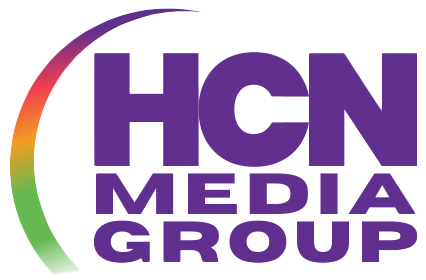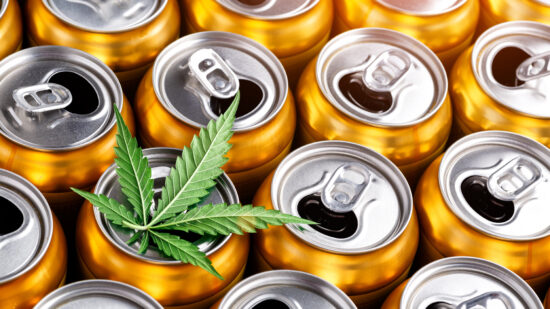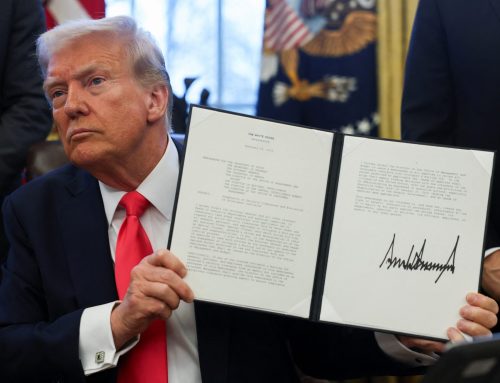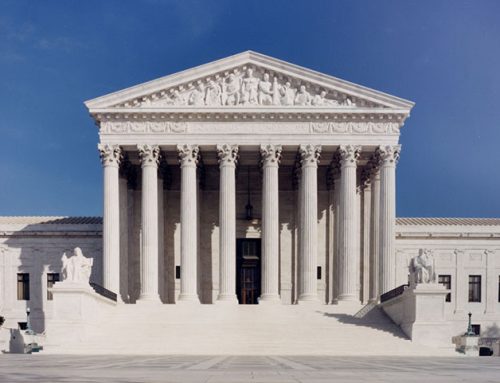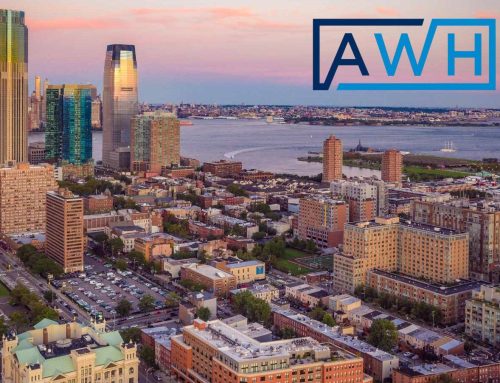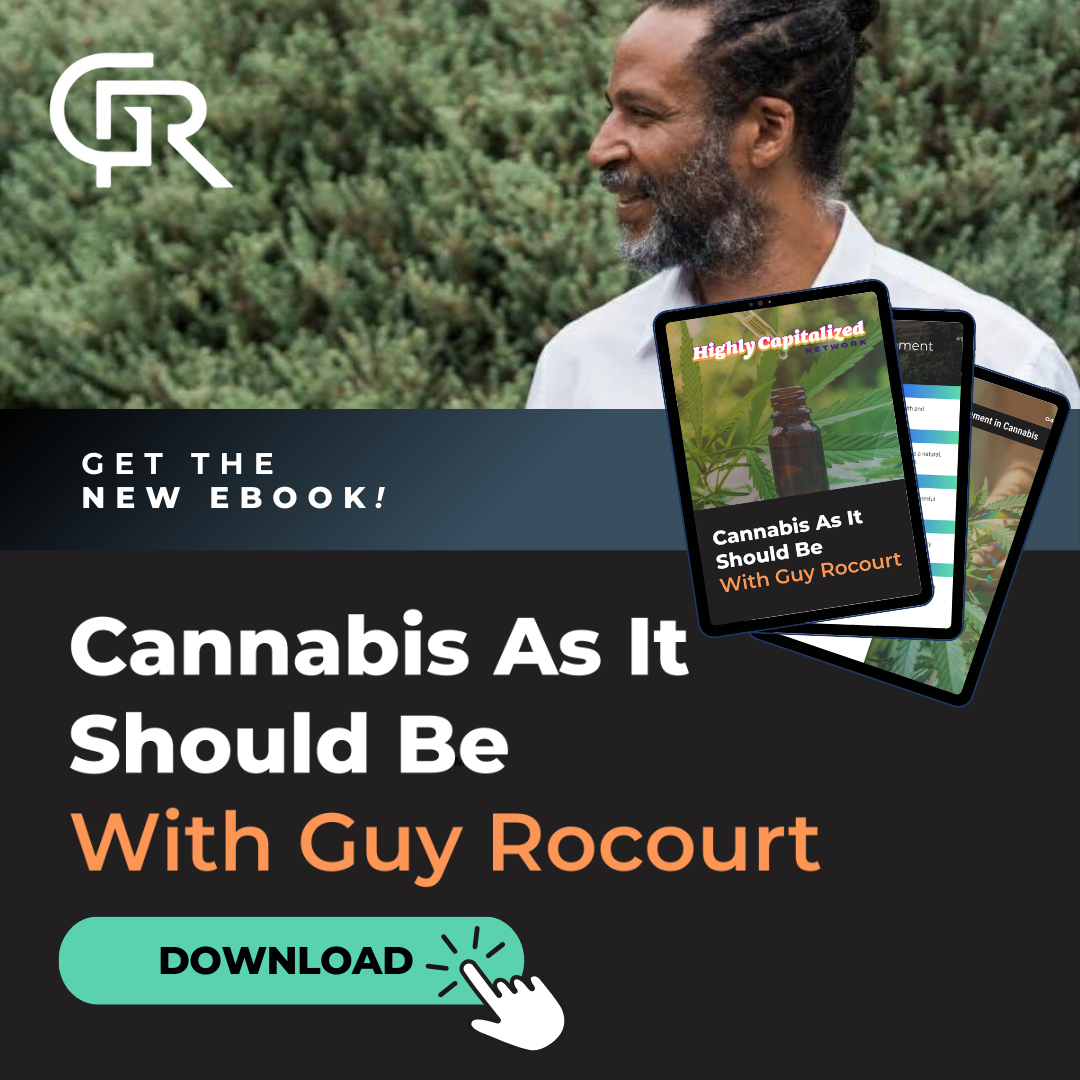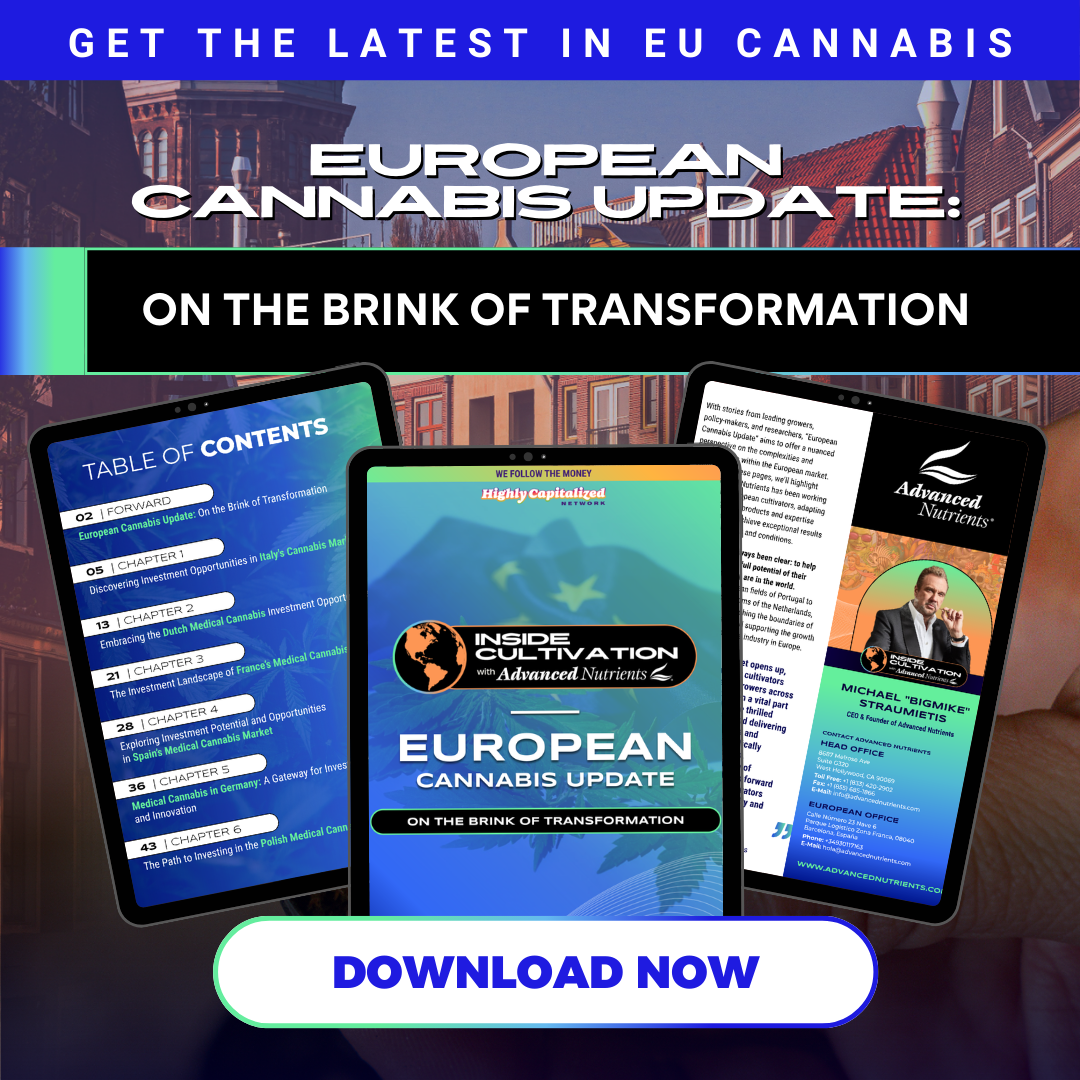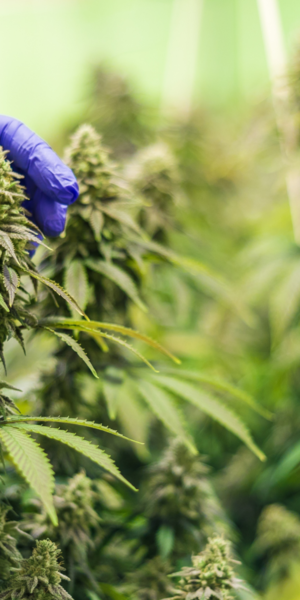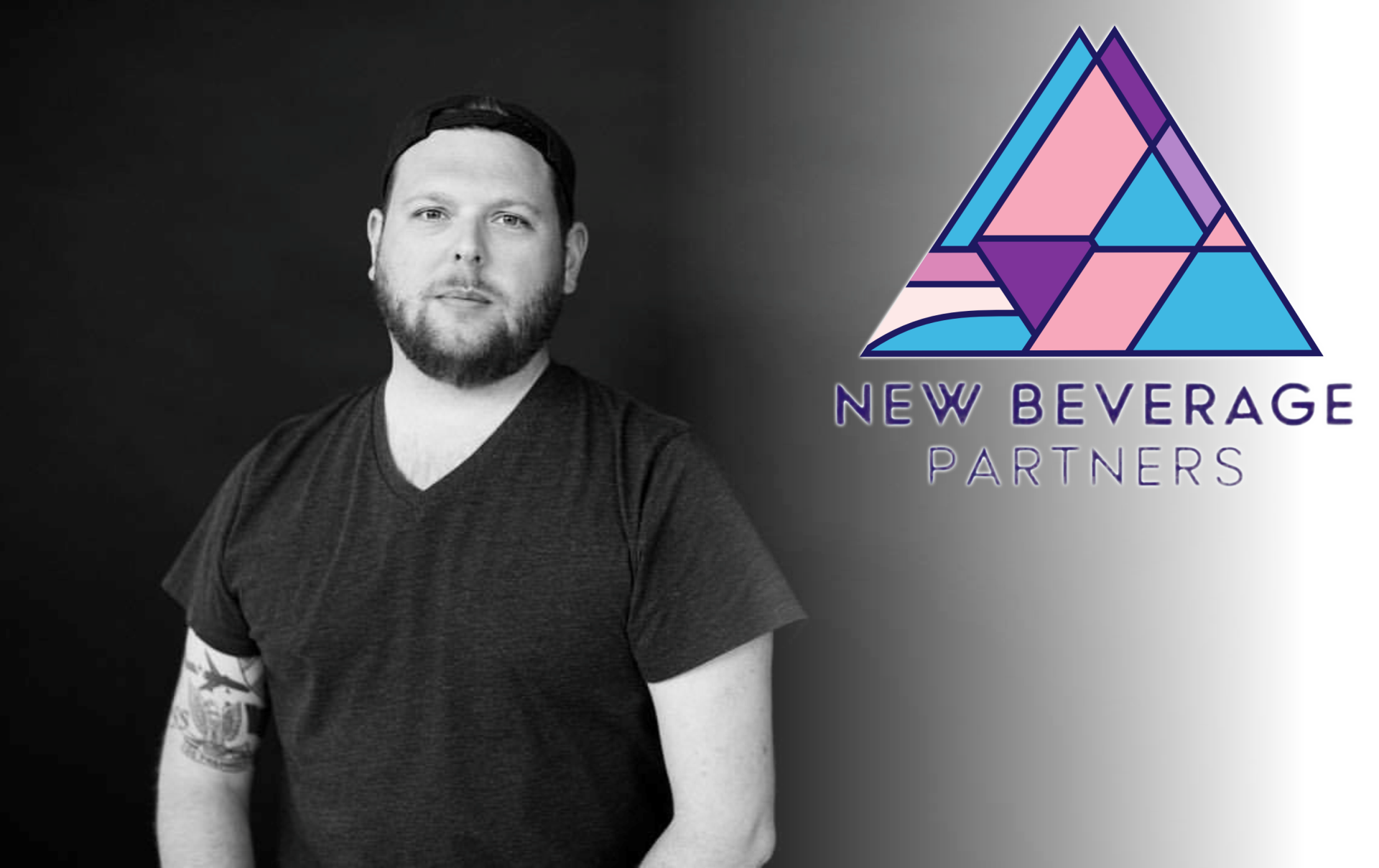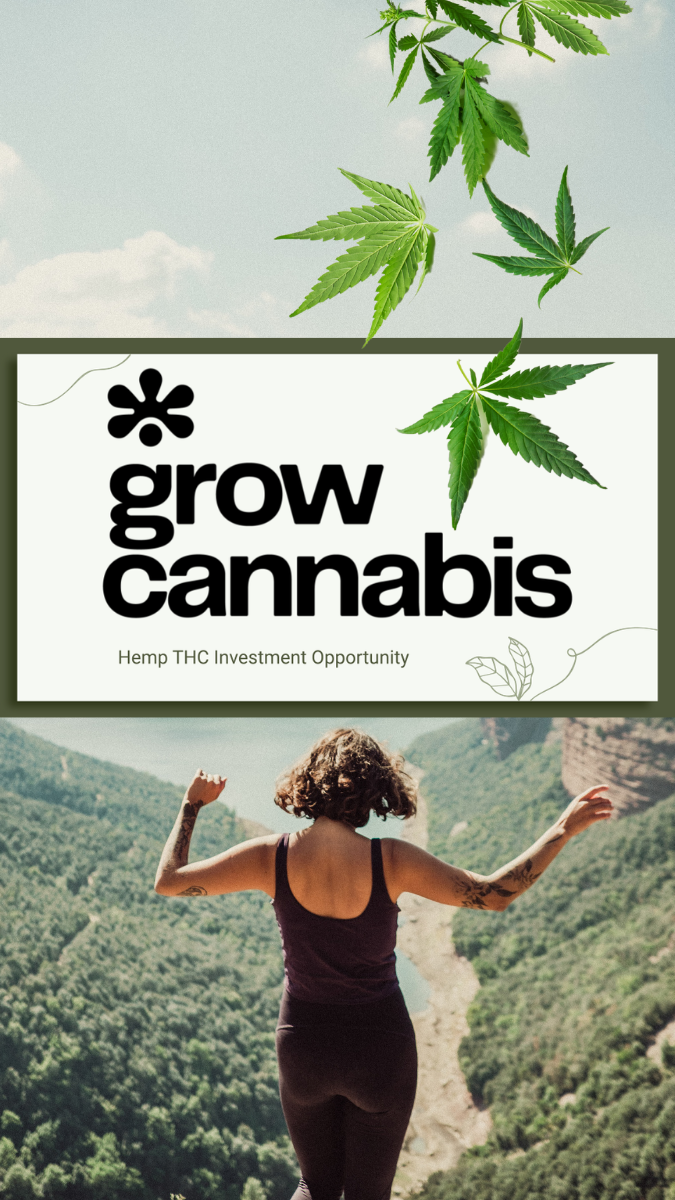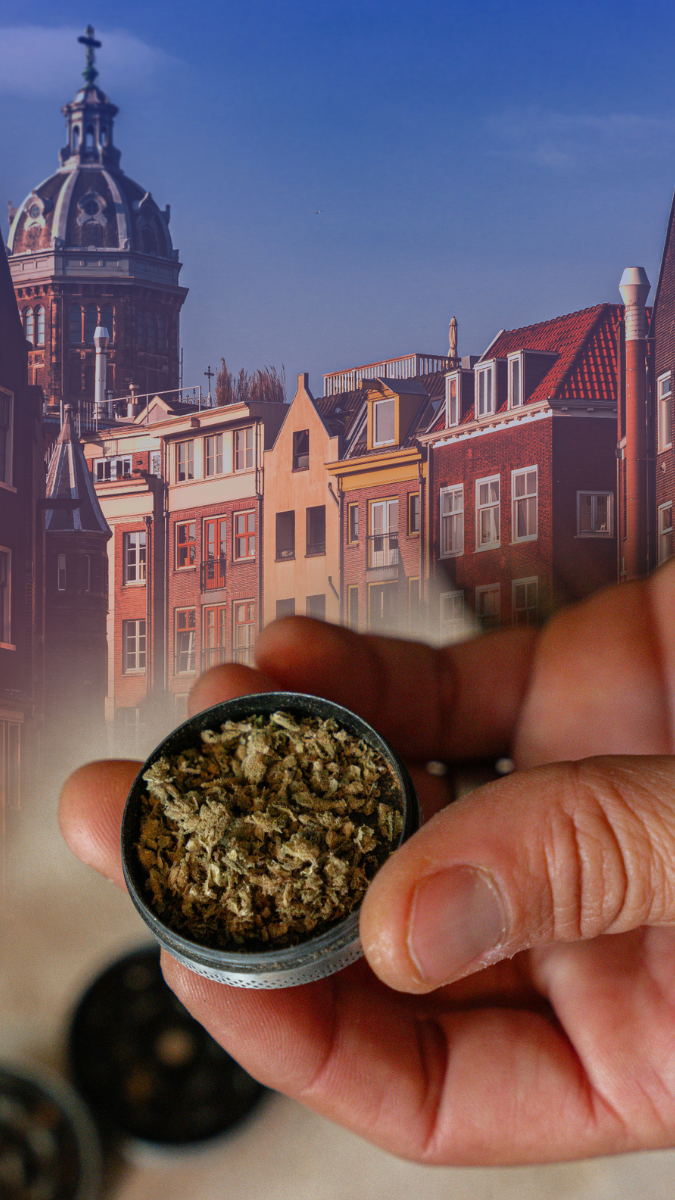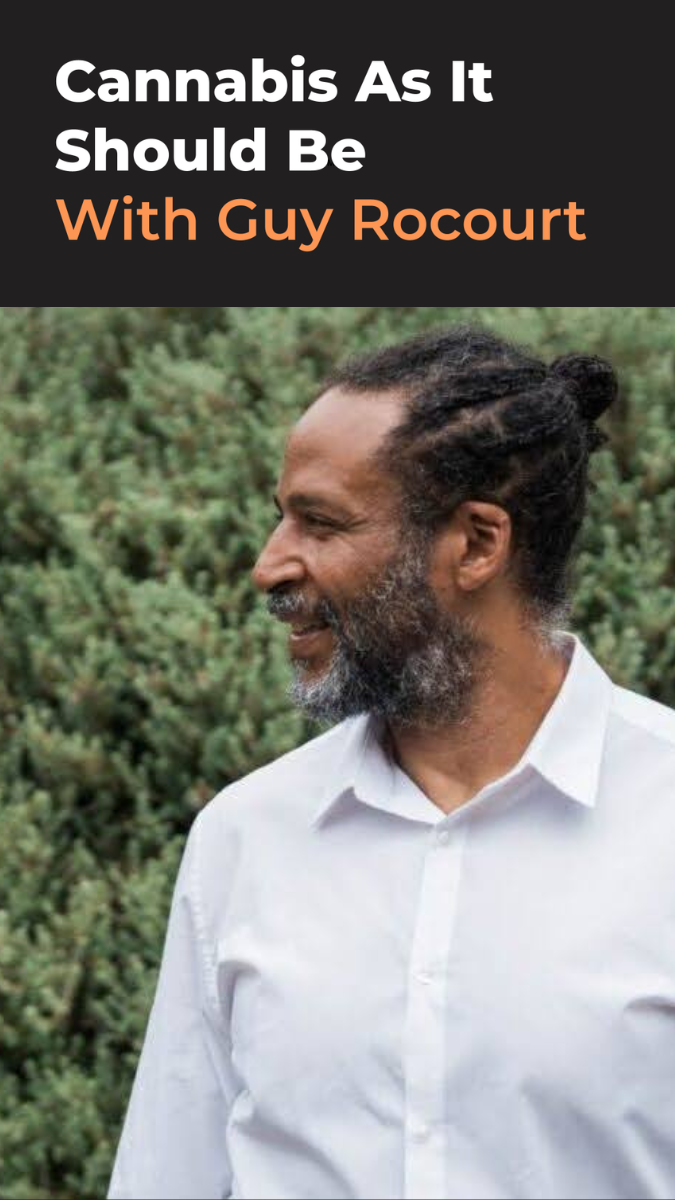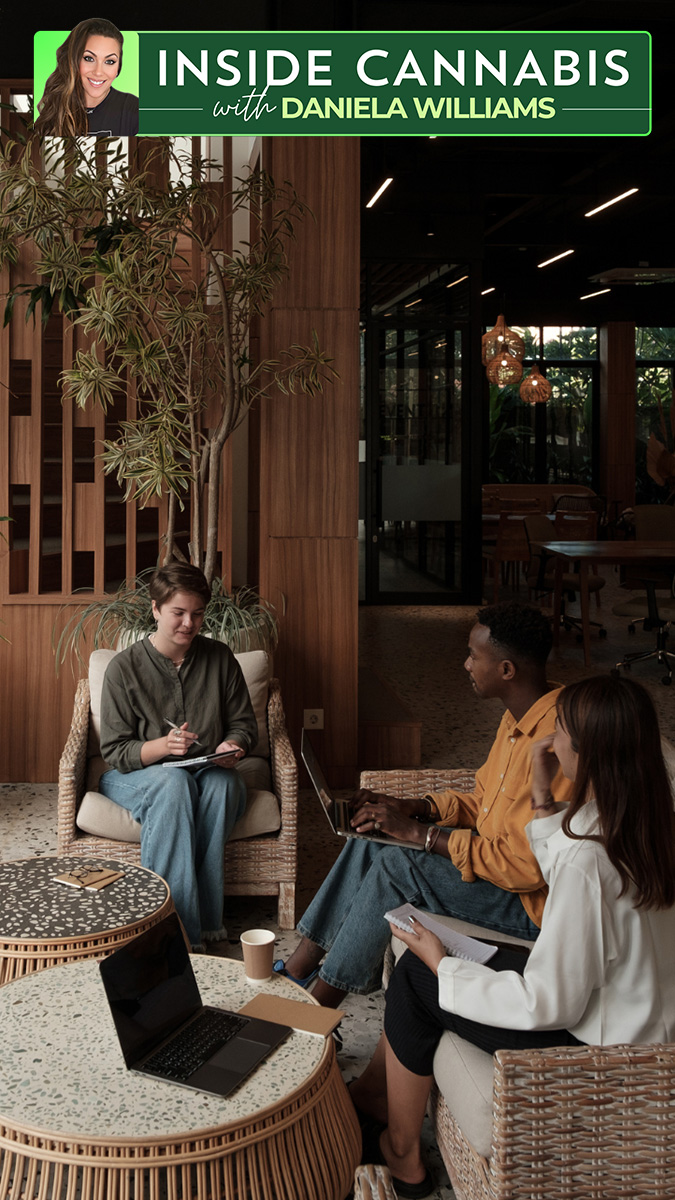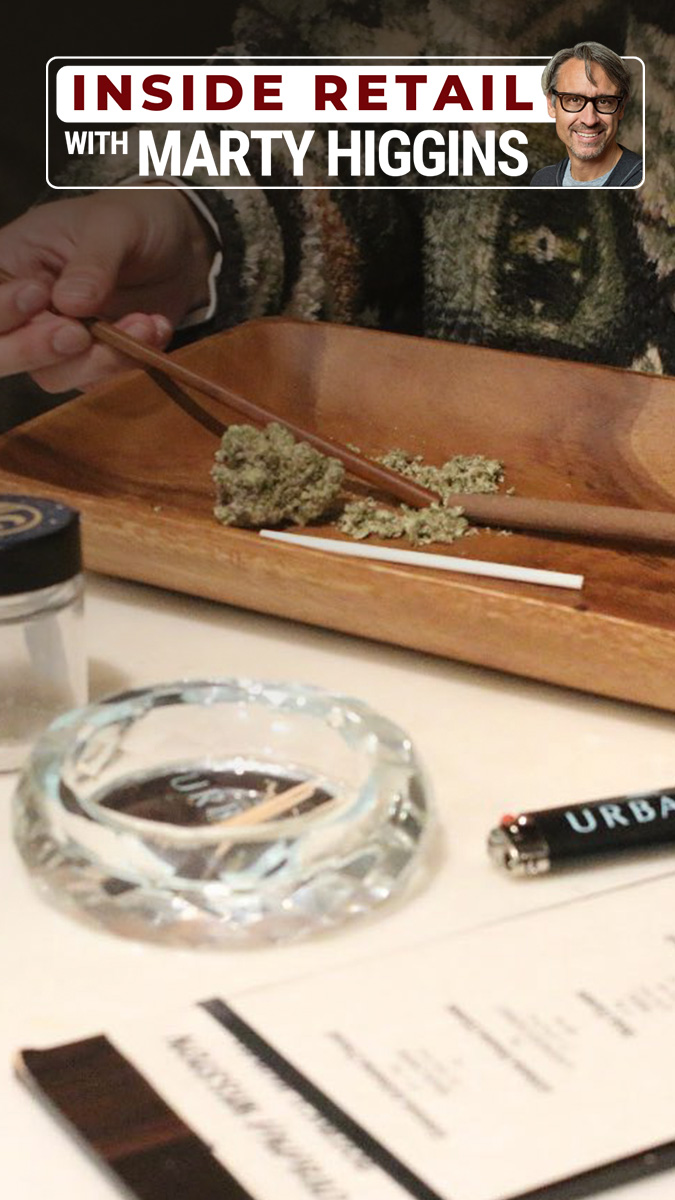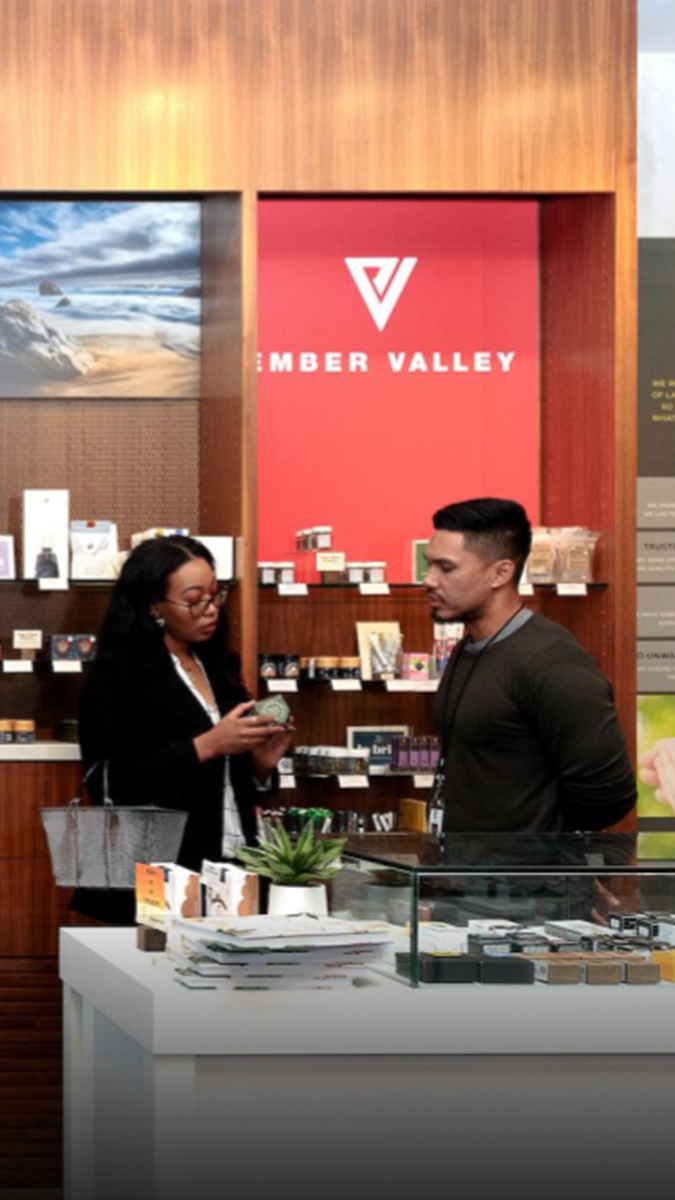Will the Hemp Beverage Category Still Be Here in 12 Months?
LOS ANGELES- Will the Hemp Beverage Category Still Be Here in 12 Months? That’s not just a provocative question—it’s a quiet but growing concern across the hemp industry.
After a explosive rise in popularity, hemp-derived THC beverages are facing mounting pressure from regulators. The 2018 Farm Bill unintentionally cracked open a multi-billion-dollar market, allowing intoxicating hemp products to boom like never before. Since then, over 80 bills have been introduced at the state level to restrict or ban these products. The FDA remains largely silent, and the updated Farm Bill has stalled—leaving a gray area that’s quickly turning red.
And yet… consumers are buying. Retailers are stocking. Brands are scaling.
The hemp beverage market has already surpassed $1 billion in annual revenue, and demand continues to grow—especially among the “sober curious,” wellness-minded consumers, and those looking for alternatives to alcohol. But for early-stage hemp brands breaking into retail, the biggest challenge isn’t compliance or packaging.
It’s pull-through—driving velocity once you’re on the shelf.
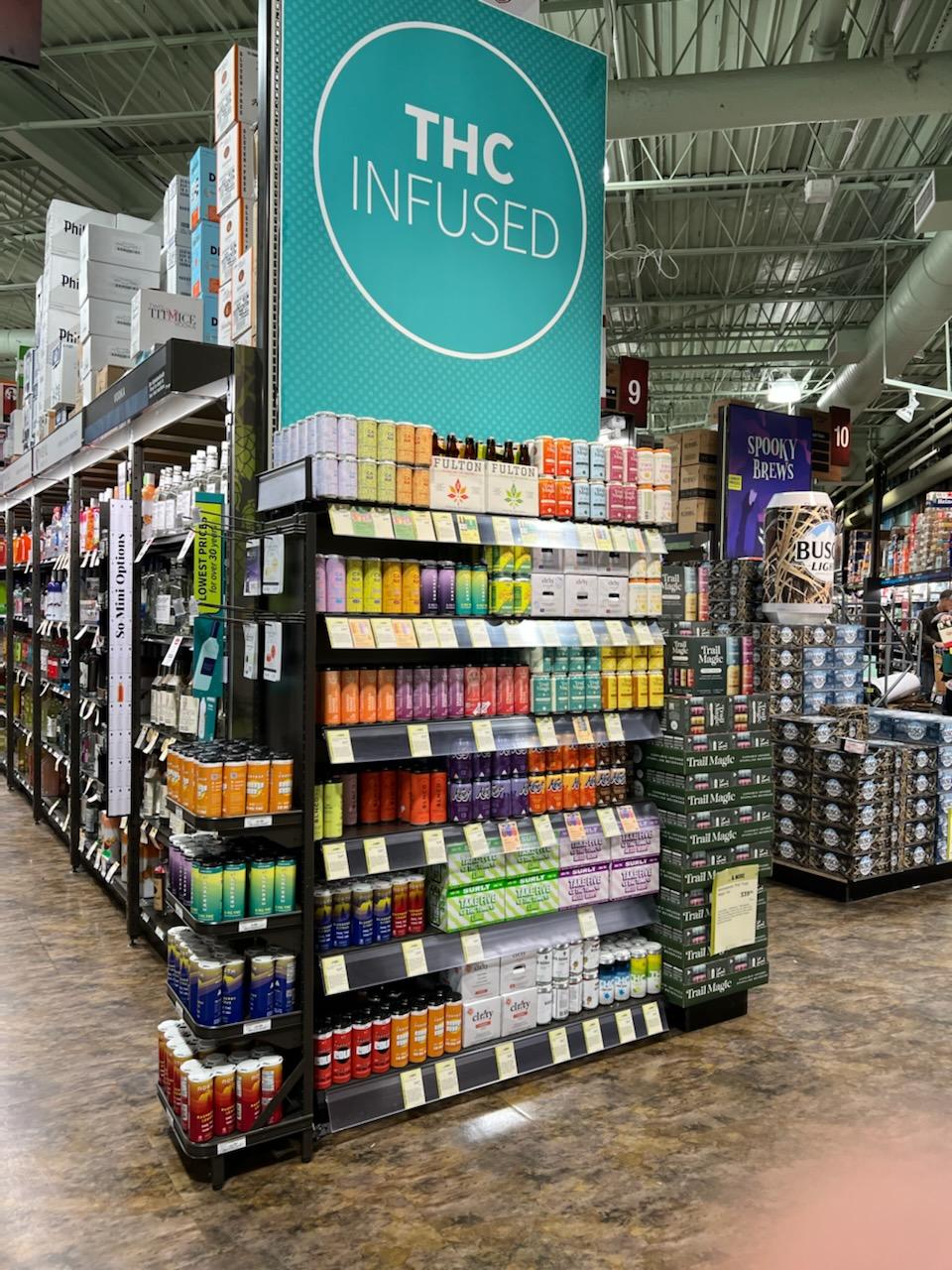
The Real Retail Challenge
Getting onto retail shelves is hard enough. But staying there? That’s the real test.
In traditional CPG categories, sell-through is driven by massive media budgets, national partnerships, and well-oiled distributor networks. Hemp beverage brands don’t have that luxury. Most early-stage players are running lean teams, modest digital ad budgets, and navigating uncertain regulatory terrain.
You land a few accounts. You deliver. Then the clock starts.
And the shelf doesn’t care how clever your branding is or how scrappy your story sounds. Retail buyers want velocity. They expect pull-through. And they rarely give second chances.
So what separates the brands that survive from the ones that fade?
You Can’t Outspend the Majors—But You Can Out-Strategize Them
The most successful hemp beverage brands are executing smart, tactical, hyperlocal strategies that maximize every dollar and every door. Here’s what’s working:
- ZIP‑level ad targeting – Media spend is hyper-focused on the ZIP codes around where products are available. This ensures relevance and drives in-store traffic.
- Promo stacking at launch – Discounts, BOGOs, loyalty offers, and sampling events are launched in sync with marketing—not as an afterthought.
- Retail-driven UGC loops – Rather than relying solely on influencers, these brands work with stores to capture authentic content: photos, reviews, customer testimonials, and in-store activations.
- Tightly coordinated timing – Every move—from compliance checks to ad activation to demo scheduling—is aligned. No lag between hitting shelves and hitting feeds.
- Selective retail rollout – It’s not about being everywhere. It’s about being in the right stores and generating meaningful pull-through before scaling.
This playbook isn’t theoretical. It’s being put into action by brands you’ve probably seen on shelves or in your feed.
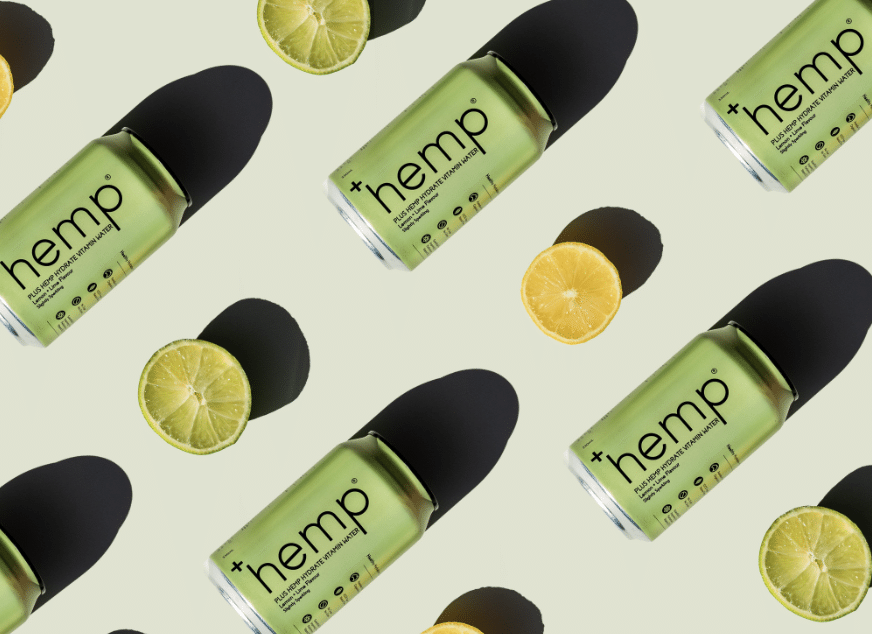
Brands Doing It Right
- Cann: One of the first movers in the hemp beverage space, Cann is now stocked in Total Wine and ABC Fine Wine & Spirits—even in non-recreational states. The brand saw a 96% increase in online sales in early 2025 compared to the year prior. Their team leverages precise geo-targeting and retail partnerships to dominate the category without relying on dispensary channels.
- Pamos: Originally cannabis-based, Pamos has expanded into hemp-derived THC beverages—including alcohol-free cocktails and spirits—sold online and in convenience and liquor stores. Their pivot toward compliant, federally legal formulations reflects the smart evolution of a brand navigating uncertain waters.
- Cycling Frog: A Lagunitas-backed entry from the creators of Wyld, Cycling Frog is fully focused on hemp-derived THC and CBD drinks. They’ve adopted aggressive in-store sampling strategies and localized campaigns that pair with their rapidly expanding DTC and wholesale channels.
- Wynk: Focused on sessionable, low-dose hemp beverages, Wynk has found success by owning local markets through partnerships, events, and smart ad placements near active retail accounts.
Survive First. Then Scale.
Retail in hemp is not about going big fast. It’s about earning every week of shelf space. Every can moved is a proof point. Every reorder is a small victory. Every marketing impression is a line of defense against the regulatory headwinds trying to push this category back underground.
Whether or not the category exists in the same form a year from now is uncertain.
But the brands that focus on strategy—on visibility, velocity, and real demand—are giving this industry a fighting chance.
Highly Capitalized Network © 2025 All Rights Reserved.










